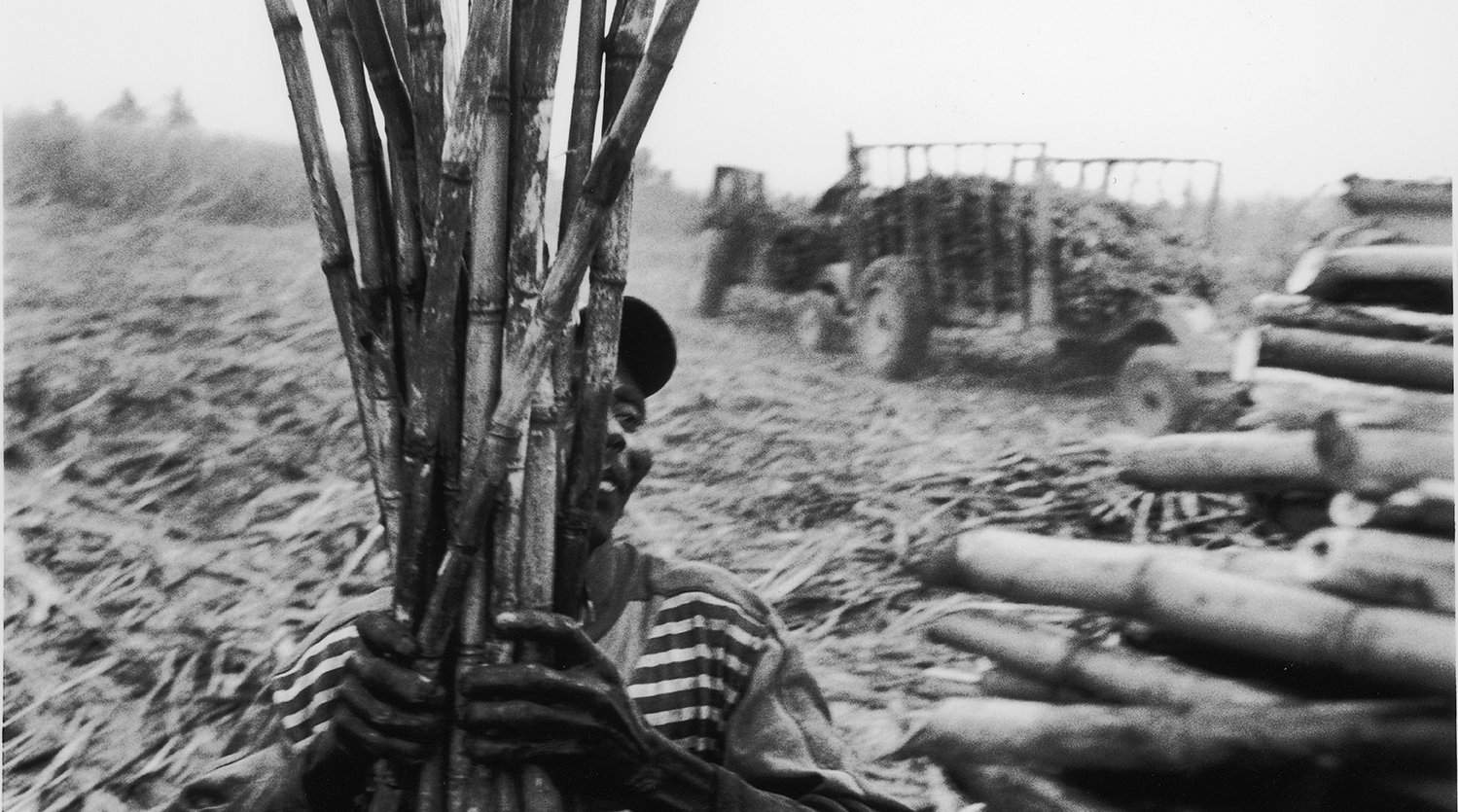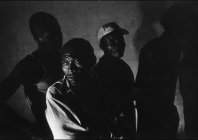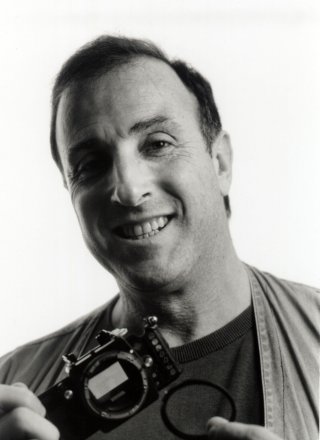
La Zafra: Slaves in Paradise
Tino Soriano
Bilderberg / Studio X
“Lwang pou bondye, li mem ki gen bon kè, li men ki renmen nou pou tout tan gen tan” (Praise the Lord, whose heart is so kind and who loves us always…) - creole prayer.
Every year, thousands of Haitian workers travel to the Dominican Republic for the sugar cane harvest, an activity that is known as “la zafra”. The majority of these people work illegally and are hired by the Dominican mafia or by swindlers who promess them good jobs in the capital. Swindled and tricked, the picadores —the threshers—have no other choice but to work without papers in conditions that are close to slavery.
The only sin committed by these unfortunate people who live from hand to mouth with neither running water, toilets, electricity, nor the most basic medical assistance, is to have fled Haiti, the poorest country in the Americas. They earn a wage of three dollars for a twelve hour day, suffering under the merciless sun. The product of their work ends up in the “engin” (machine), an enormous refinery built over a hundred years ago which runs on gigantic wood-burning furnaces, and this in a country with serious deforestation problems.
Preview


After approximately six months, the zafra ends without warning. The train makes one last trip to the refinery and unloads the sugar cane collected the day before. And then the uncertainty begins: the picadores wait in front of their huts for days at a time in the hope that they might catch a glimpse of a dust cloud on the horizon. Then, at a certain moment, a van will appear out of nowhere. It will stop for only five minutes - just enough time to pick up those who are ready and it will leave without waiting for those who have been caught unawares.
Whole families will run desperately in its wake. As they were not all together during those fateful five minutes they will not even be given the chance to lose their lives harvesting the bitter sugar. Those who are in good health will be sent to other sugar cane plantations on the island until the zafra is over for good. Then the picadores will have to return to Haiti or stay on illegally in the Dominican Republic living precariously until another zafra begins a few months later.
This story was shot in the Barahona and Tamayo plantations. The most symbolic figure of the plantations is Pierre Ruquoy, founder of the subversive —from the point of view of the Haitian dictator Cedras— Radio Enriquillo broadcasting station. He is currently the director of “Centro Puente”, an association fighting for the rights of the Haitian immigrants and Dominicans who work on the zafra.


